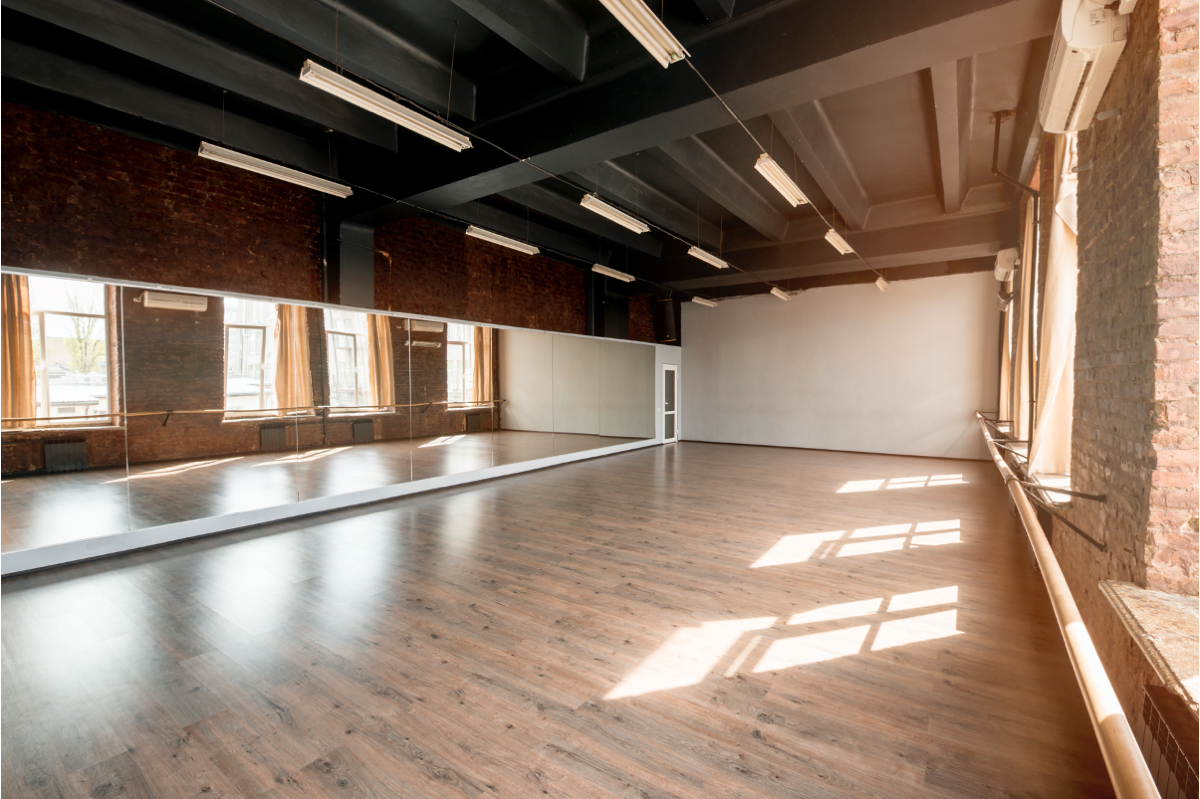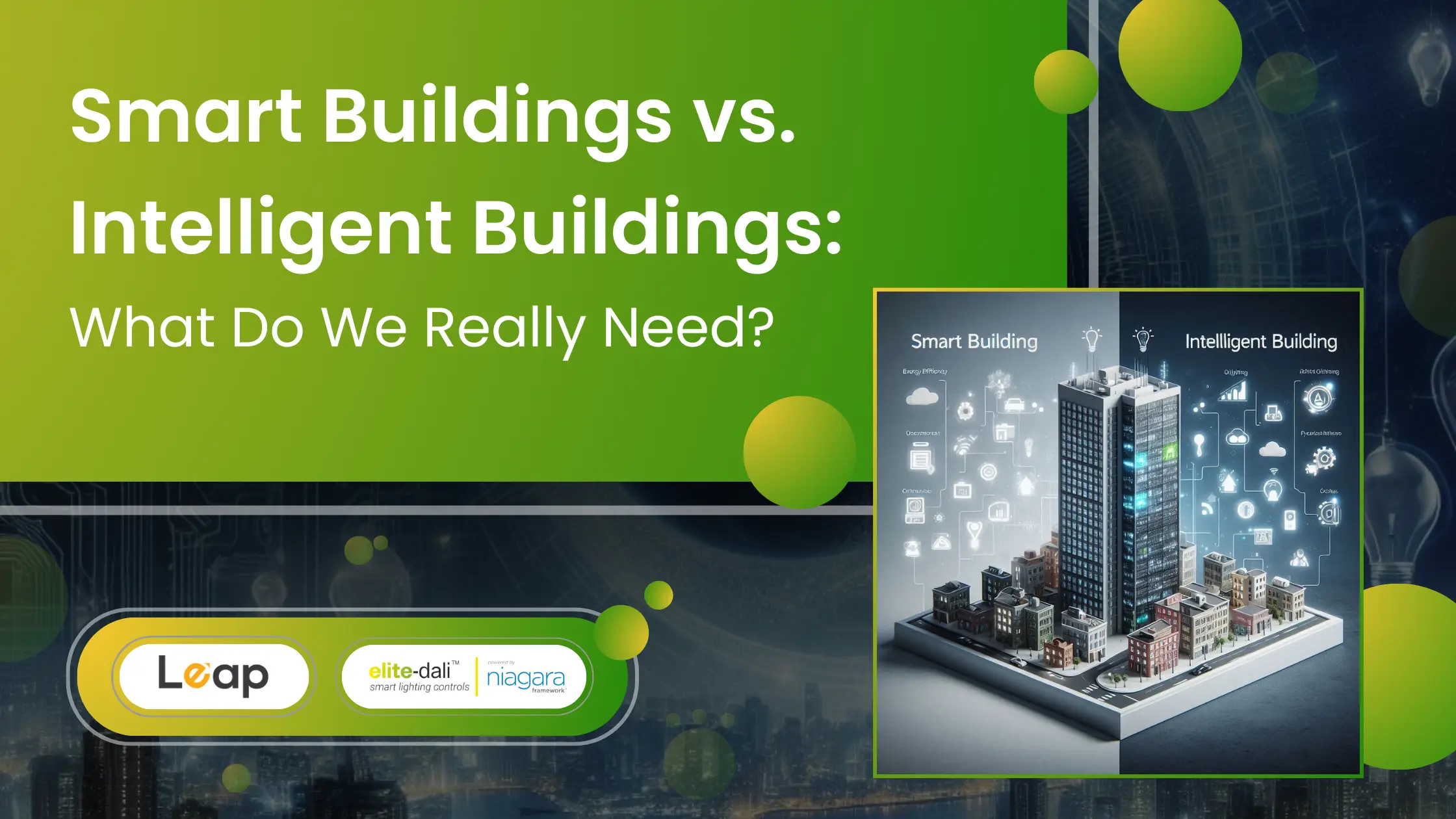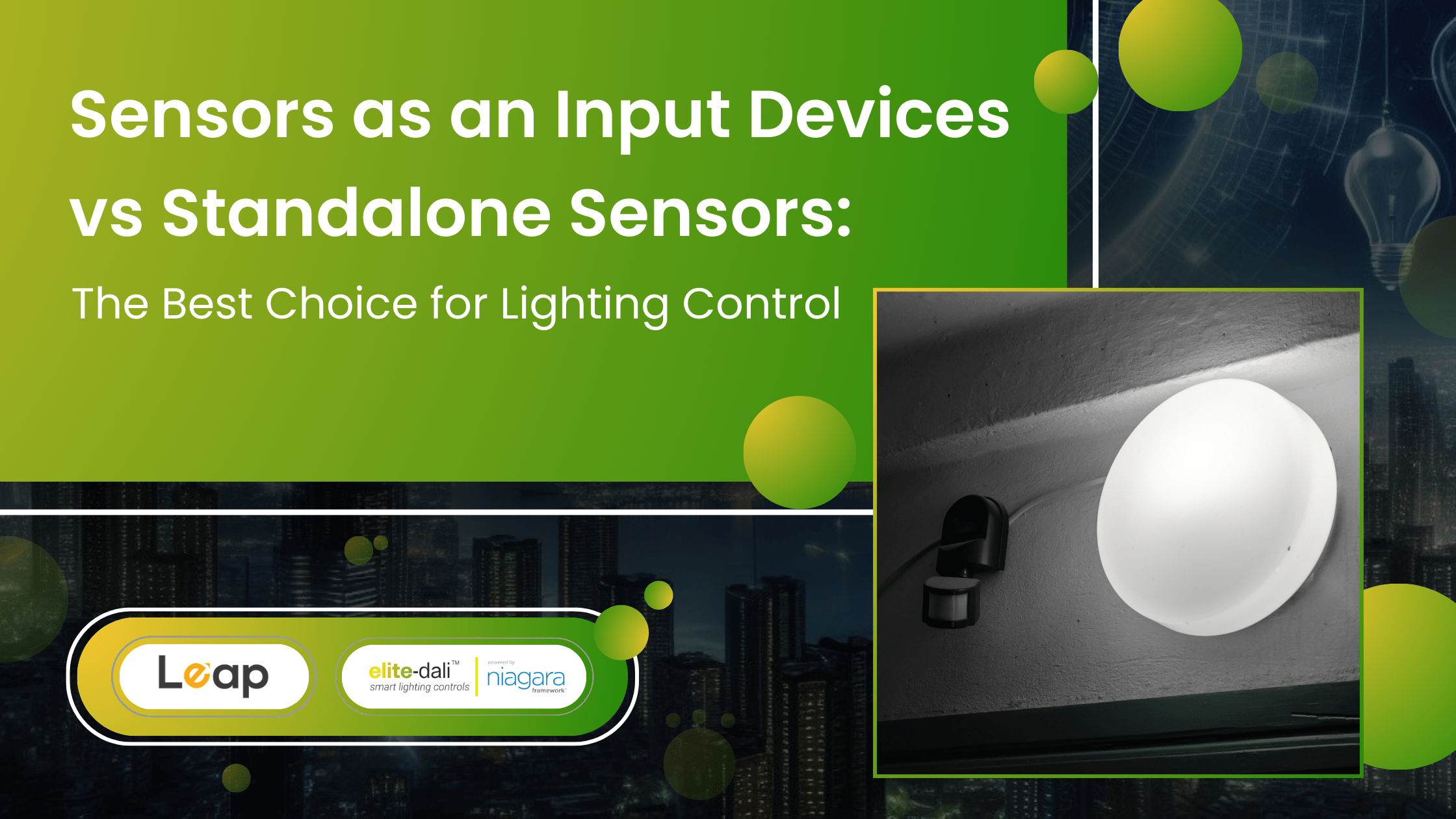Understanding Key Concepts In DALI Communication
Table of Contents
What Is A DALI Lighting Control System?
DALI stands for Digital Addressable Lighting Interface which helps in providing digital signals to establish flexible control over lighting systems. Being an international standard, DALI Communication System has emerged as a popular two-way communication system, which enables users to send and receive data to their compatible LED drivers, ballasts, and other DALI devices. All this becomes possible through a DALI controller, which can be thought of as a computerized system having special dimming software.
Being an international system allows all DALI-marked devices, irrespective of their manufacturers, to be used in conjunction with one another under the purview of a single network. Hence, DALI lighting control systems have been a revolution because they not only introduced seamless lighting control, but also a great degree of compatibility and interchangeability within the lighting control domain.
DALI Overview
An application controller, input devices, control gear, and the interfaces together form a DALI network. Each of these components has a dedicated function that enables the implementation of controlled lighting output. The application controller is the part that controls the DALI-compatible devices through a constant exchange. The DALI protocol is such that the controller can establish a bi-directional exchange with devices individually, or via a group broadcast.
In a basic DALI arrangement, every compatible device is first assigned an address using a commissioning protocol. Every device is then controlled individually using its unique short address. In other arrangements, multiple devices can be added to a single group, allowing all of them to respond to a single collective command. Data transfer between the devices occurs through a serial protocol using a two-wire bus.
DALI Protocol Explained
The first thing that one needs to know about the DALI protocol is that it is an open protocol, and anyone from around the world can make use of it. There are elaborate certification procedures that make the usage easier and establish a greater degree of standardization in the interoperability between manufacturers. All communication through the protocol is in digital mode, and there is nothing analog. This feature allows the same commands to be implemented over multiple devices at once, making the lighting control more precise and stable.
To implement the DALI protocol, forward frames need to be sent to the control gear, which in turn have two distinct types of bytes- the address byte and the opcode byte. Simply speaking, the address byte carries information about the device that needs to be targeted, and the opcode byte tells about the operation from the instruction set that needs to be performed. Further, it is a part of the address byte itself that commands the interpretation of the opcode byte.
Programming a device to become eligible for DALI control differs from manufacturer to manufacturer, and usually requires a series of steps to get completed. This programming can be done wirelessly, but many of the older device models are only programmable with wired setups.
DALI Commands For Communication
The controlling, configuration, encoding, and decoding of information in the DALI lighting control systems occur via specialized DALI commands. As explained before, these commands can be addressed to a single target device or a group of devices to perform a single function at any given time.
There are three basic types of commands in any DALI lighting control system. Control commands are those which aid in the initiation or termination of any control function like switching lights on or off, initiation of light fading, change of light intensities/temperature, etc. The second type of command is the configuration command, which is related to the parameters of the above-mentioned functions. For instance, there are configuration commands to change the time for which fading of light will occur in any given device. Lastly, there are the query commands which are intended to identify the operating details at any given time and also the presence of a fault in any of the devices.
The details of specific preferred scenarios are stored in the system. Recalling or termination of these scenarios is also done with the help of commands. Further, every scenario will have a certain default brightness level which will be implemented as per stored brightness level data. But if an IGNORE command is set for it, the stored levels can be altered.
elitedali For DALI Lighting Control
Integrating existing systems with DALI-operated lighting controls is easier said than done. elitedali eradicates the need for any third-party software or protocol converters and offers a native solution to seamlessly integrate DALI lighting control systems into any regular building management system like the Niagara framework. This helps the users in availing the real benefits of DALI lighting and reducing the associated costs and hassles of the initial setup. To know more about the DALI Lighting-related services offered by us, contact elitedali today.








